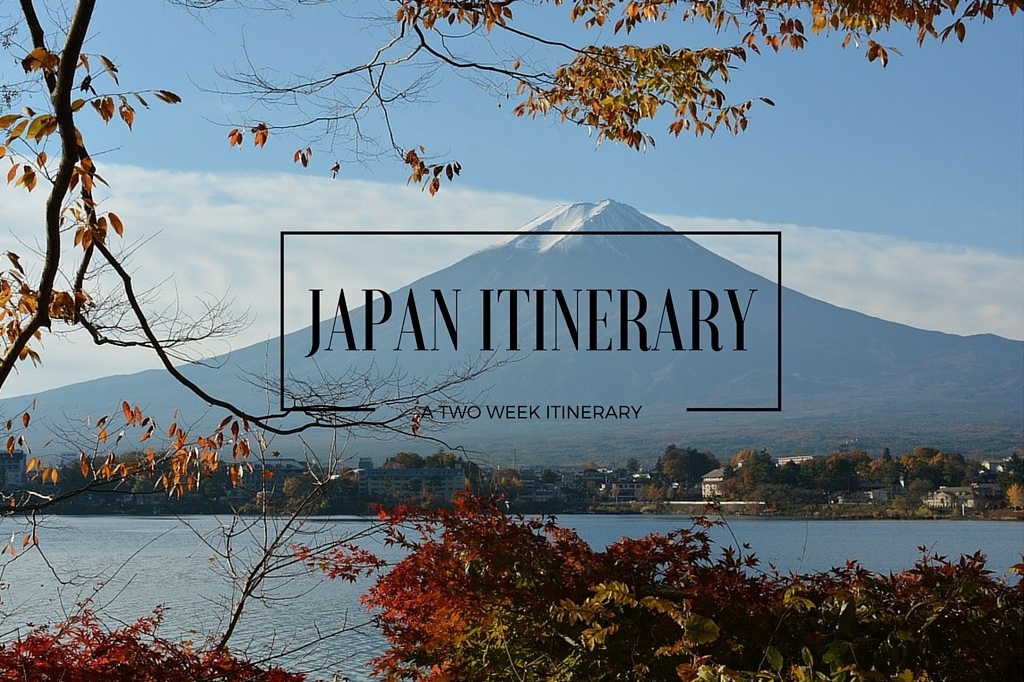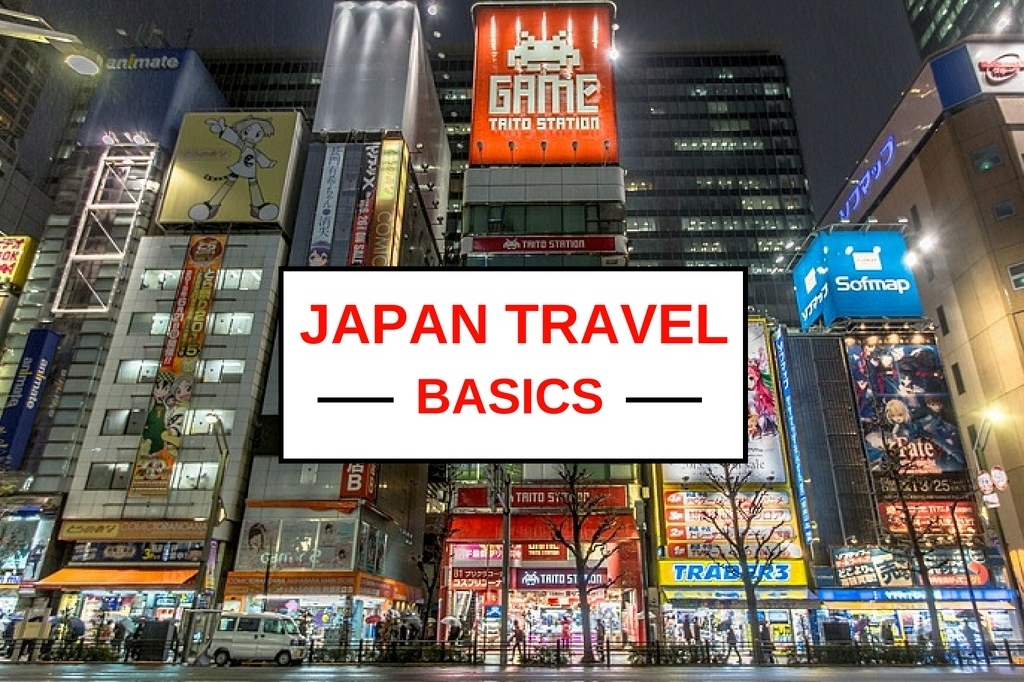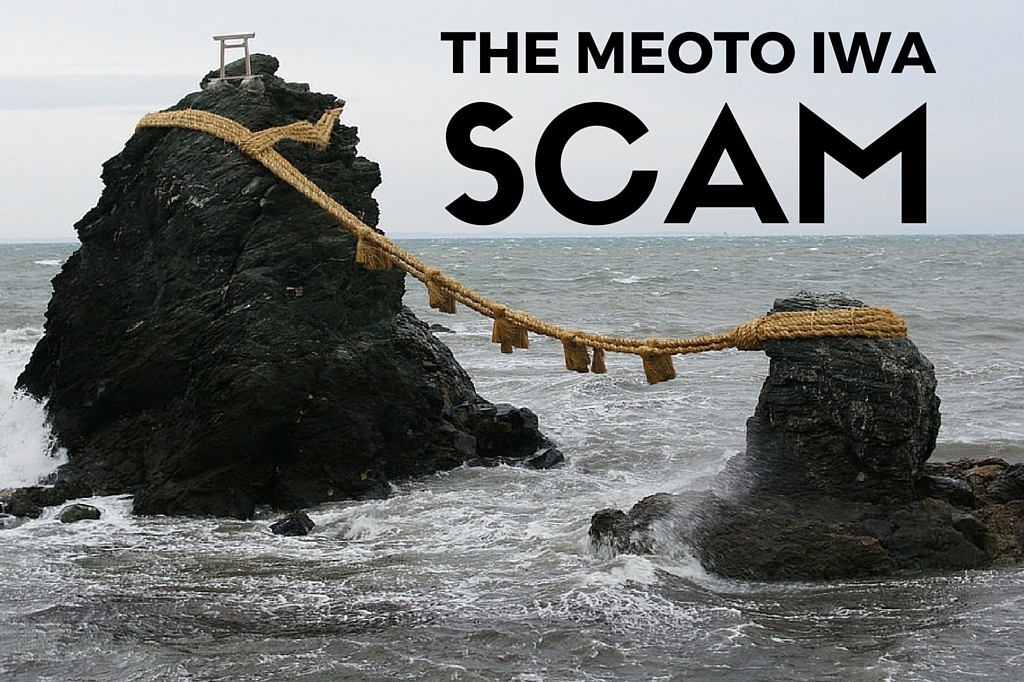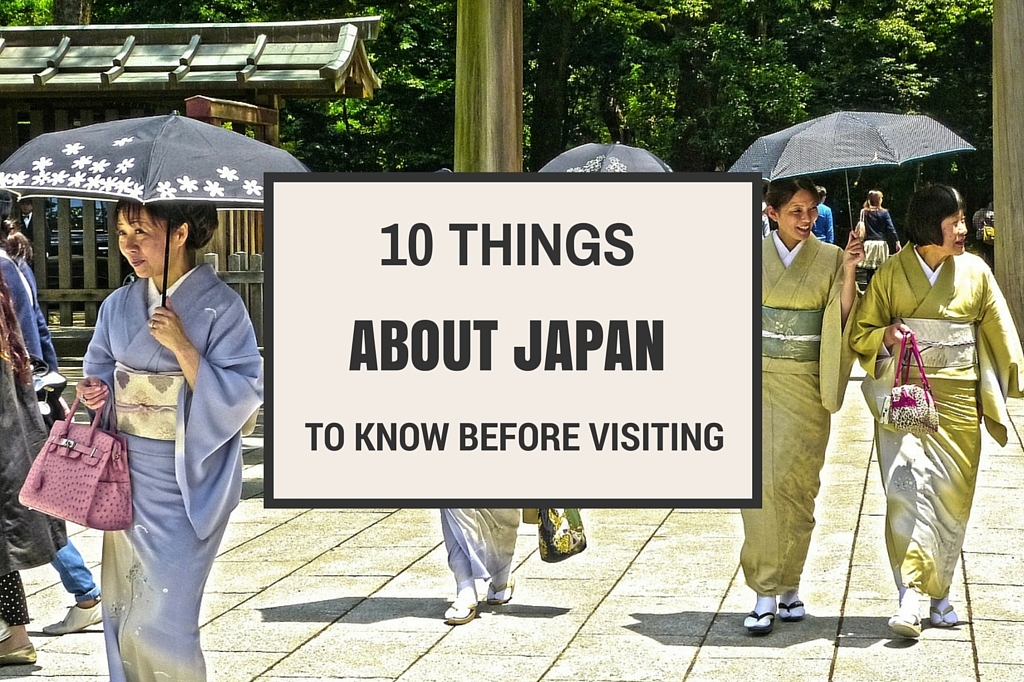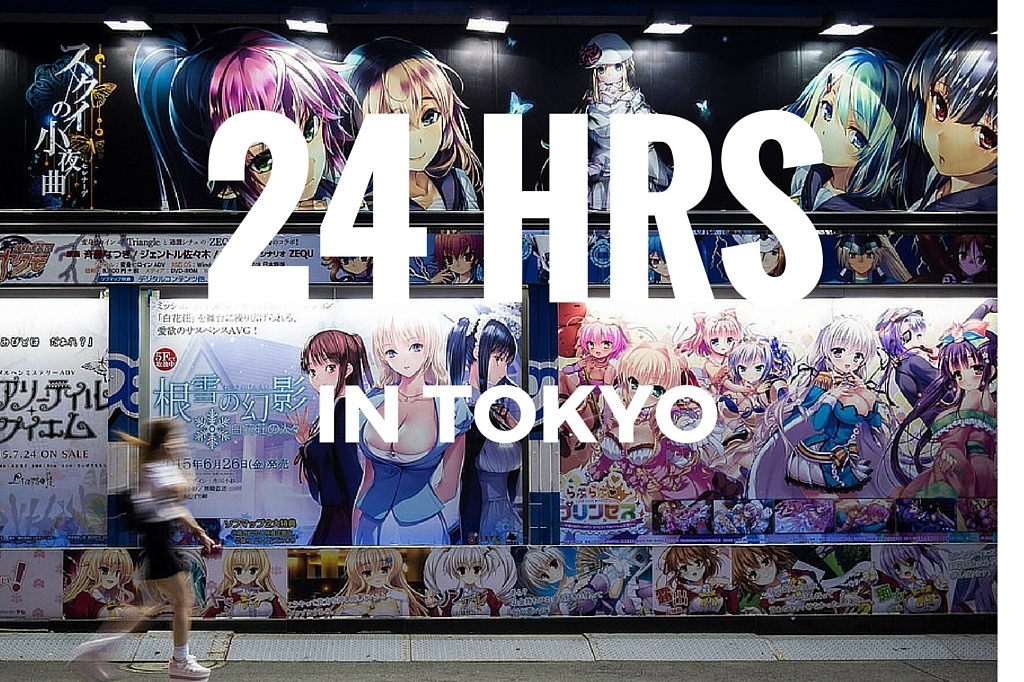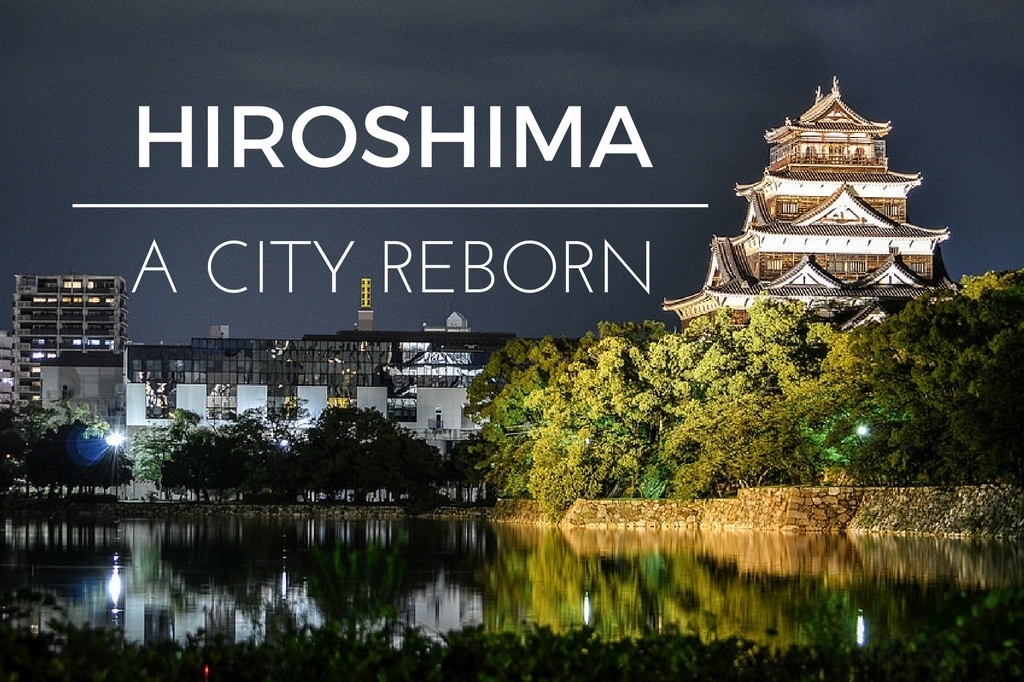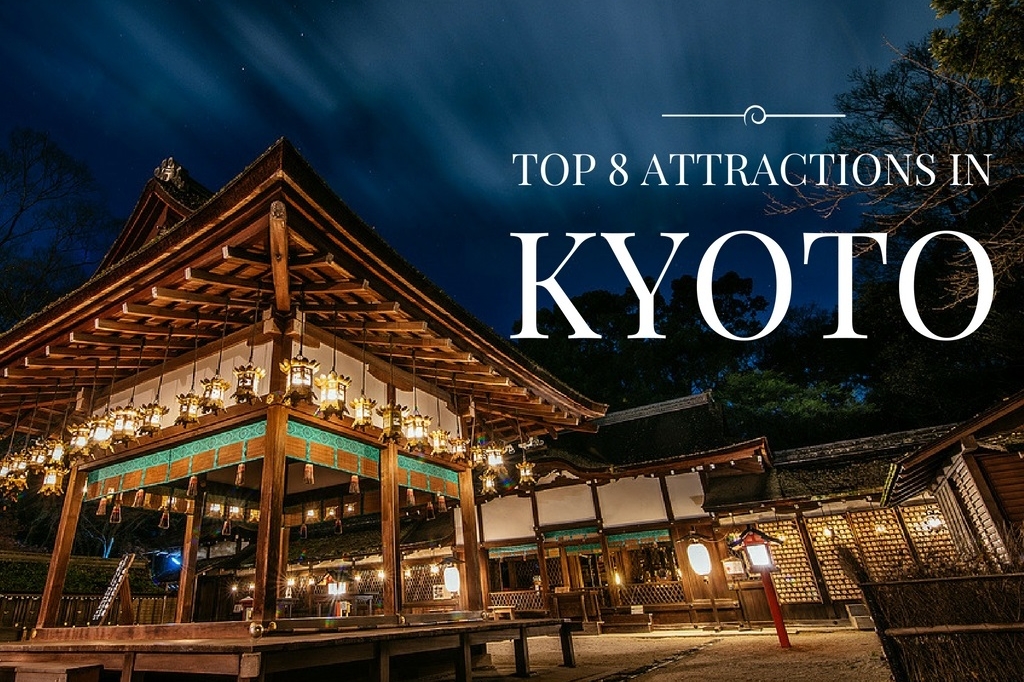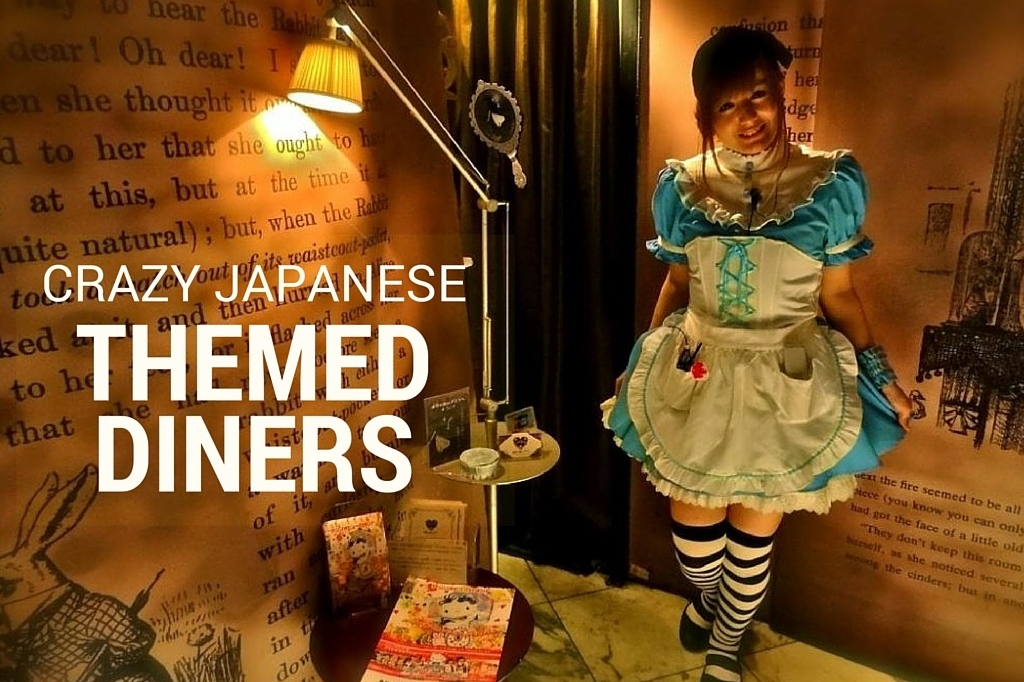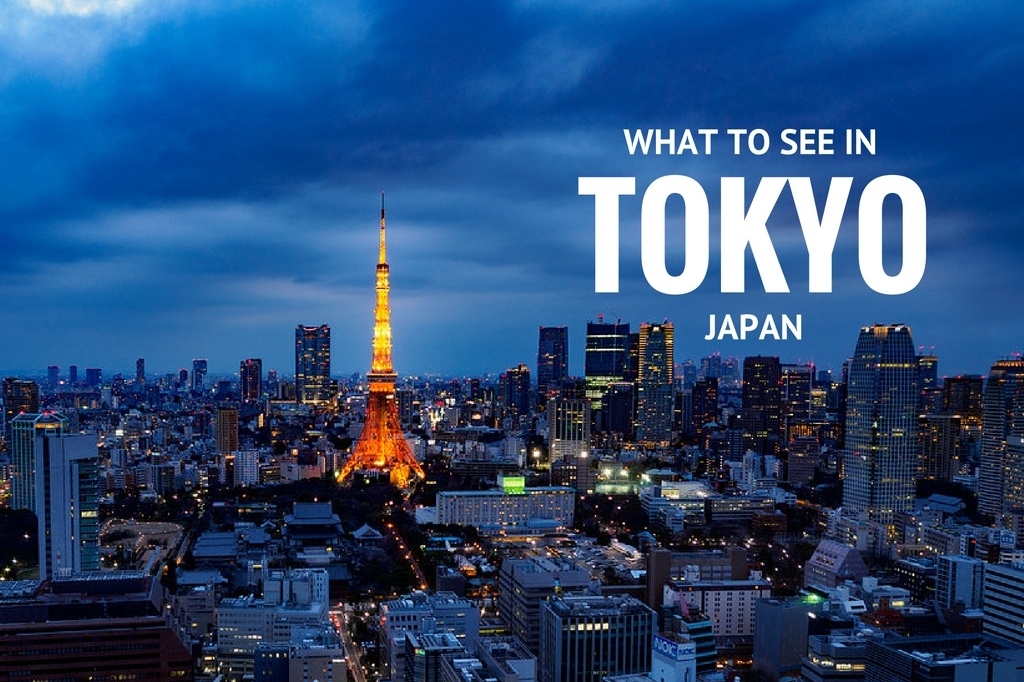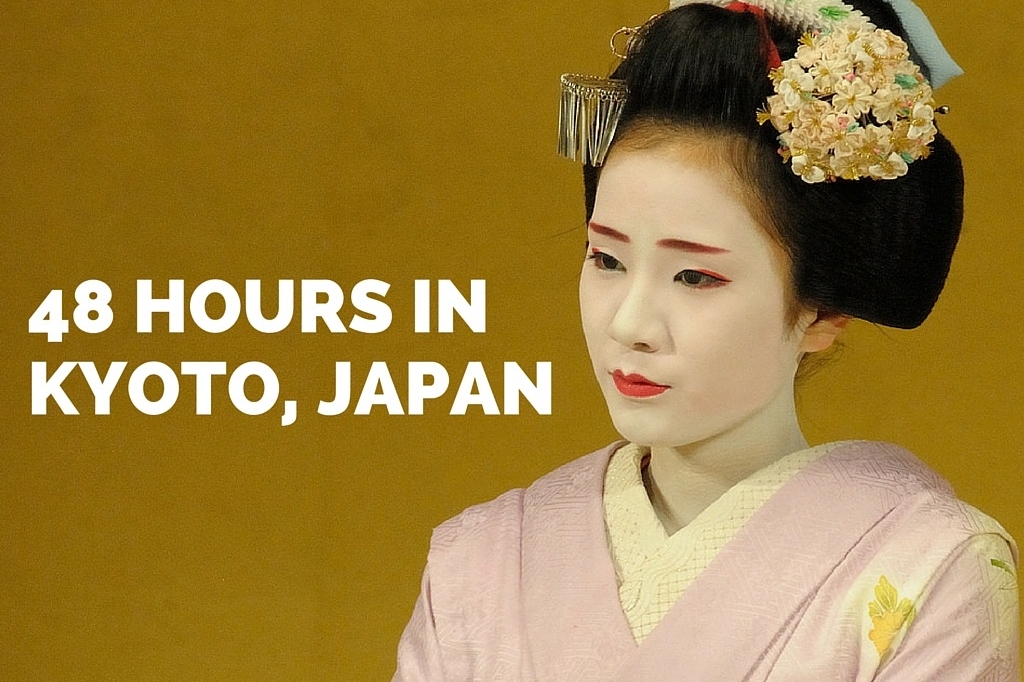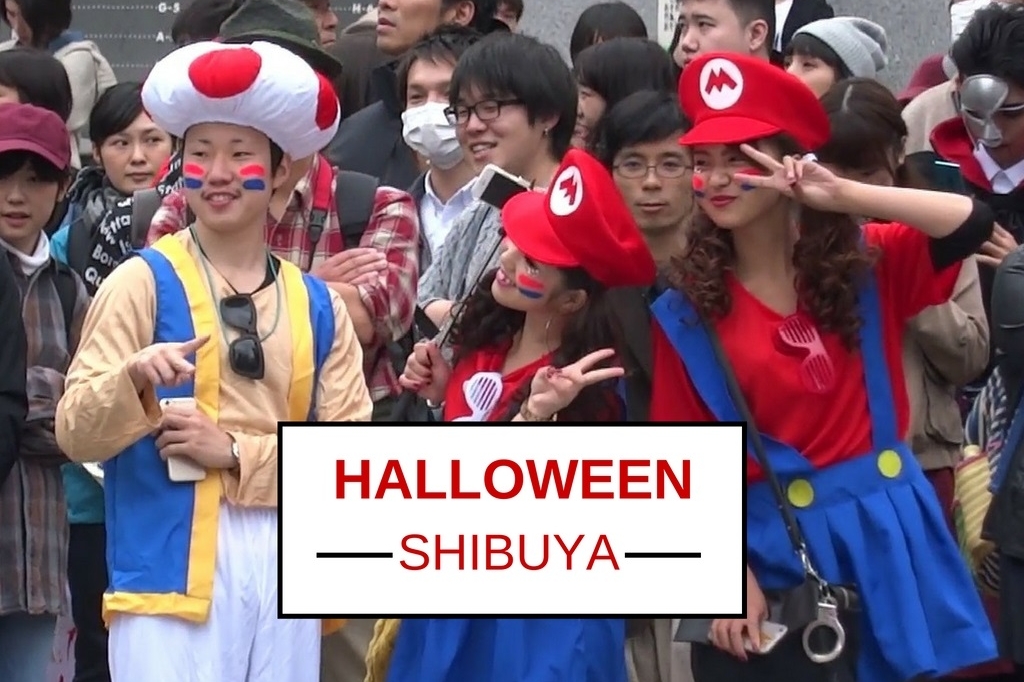Japanese Etiquette You Must Know Before Visiting Japan
Japan is famous for being a reserved country that values tradition, social conformance and societal rules. This strong attachment to their traditions is visible everywhere and makes visiting Japan a unique and wonderful experience.
As a tourist, having a basic understanding of Japanese etiquette will help you avoid uncomfortable situations. While the Japanese don’t expect tourists to be familiar with all their social norms, run afoul of an unwritten rule and you can create an uncomfortable situation. In fact, the Hokkaido Tourism Organization, published a travelers etiquette booklet after residents complained about the behavior of Chinese tourists.
So in the interest of helping you avoid an international incident 😳 , below is a list of Japanese etiquette you should know before visiting Japan.
Eating Out
Dining out Japan can be an intricate experience and your table manners are very important. Keep the following in mind when eating with your Japanese friends:
Do’s and Don’ts of chopsticks:
- NEVER EVER stick your chopsticks vertically into bowl of rice. That’s taboo because it reminds the Japanese of funerals and it’s supposed to bring bad luck.
- Don’t pass food directly from your chopsticks to someone else’s chopsticks. This is another funeral tradition.
- Don’t spear you food with your chopsticks.
- Don’t point with your chopsticks.
If you’ve already eaten with your chopsticks, use the opposite end to take food from a shared plate. It’s considered unsanitary to pick up food from the used end of the chopstick. You’ll put off your friends from eating from that dish. Unless your plan is to hog the plate ? .
The correct way to eat Japanese dishes: There’s a right way and a wrong way to eat different dishes in Japan. Below is a quick run down of how to eat different dishes
- Rice: Holding the rice bowl under your mouth, eat your rice with chopsticks. That way you won’t make a mess.
- Sushi: First, pour some soy sauce into the small dish. Keep in mind it’s considered bad manners to waste soy sauce. Second, add only small amount of wasabi to the soy sauce. If you add a lot, you’re insulting the sushi chef; it’s like you’re telling the him you don’t like the food. Finally, eat the sushi in one bite.
- Sashimi: Pour soy sauce in the small dish. If you want wasabi, put a little on the sashimi and then dip it into the soy sauce.
- Miso Soup: You can drink the soup from the bowl directly. Use the chopsticks to get the larger pieces in the soup.
- Noodle Soup: When you order a Noodle Soup, make sure that you use the ceramic spoon that comes with the dish. Use the chopstick to pick up the noodles and then use the spoon to ladle some of the soup. Keep the spoon below the noodles in your chopstick. That way, if you drop the noodle the spoon will catch it and it won’t splash back into the soup.
Drinking With The Locals
Even drinking has its own set of rules. When you’re out on the town with your Japanese friends make sure that you drink by their rules:
- Don’t start drinking until everyone at the table has a drink in front of them.
- The drinking salute in Japan is “Kampai!”.
- It’s considered rude to serve yourself alcohol, rather its customary to serve each other. Keep an eye on your friend’s glass and refill their drink when their cup is nearly empty. Likewise, they’ll do the same for you and serve you alcohol when your drink is getting low.
Dont Burp Or Pass Gas In Public
Honestly, I can’t believe I’m adding this to the list. Apparently this is an issue with some tourists visiting Japan, enough for it to be included in the Hokkaido etiquette booklet. In case you don’t know, burping and passing gas in a restaurant is considered to be rude. Also, blowing your nose and chewing your food loudly at the table is also considered to be bad manners.
Visiting Shrines
One of the highlights of touring Japan is visiting one of its many sacred and amazing temples and shrines. These are holy places and it’s important that you show respect. Below are rules to follow when visiting one of these holy sites.
- Follow posted signs: Make sure that you pay attention to any signs that may be posted around the temple grounds. They’ll usually indicate where you can or can’t photograph, areas where shoes are not permitted and off limit areas.
- Be respectful while photographing: I have to say, I was shocked by the behavior of some tourists who were aggressively taking pictures of praying locals. Use common sense when getting your shots. Don’t shove a camera in a worshiper’s face or get in the way of ceremonies (like weddings) taking place on the grounds.
- Praying at a temple: Visitors can show their respect at a temple by throwing a coin (any amount will do) into the offering box in front of the main hall and then quietly saying a short prayer. Most temples will also have large incense burners, fanning the smoke of the incense towards you is believed to have healing powers.
- Praying at a shrine: Shrines are considered to be the home of Kami – the Shinto Gods. Prior to praying, worshipers go to a purification fountain located at the entrance of the shrine. They pick up the ladle lying over the small well, fill it with the water provided, and rinse both hands. Then pour some water into their cupped hand, rinse their mouth and spit the water out beside the fountain. Once done, they go to the offering hall to pray by throwing a coin into the offering box. They then bow deeply twice, clap their hands twice, bow deeply once more and pray for a few seconds.
General Etiquette
Below are some general things to keep in mind while traveling in Japan:
- At shops and restaurants customers are welcomed with the greeting “Irasshaimase”. No response is required.
- The Japanese are very particular about not using outdoor footwear indoors. Below are some rules for shoes in Japanese homes:
- Genkan delineates the separation between indoor and outdoor space. It’s the place for people to take off and put on their shoes. It’s considered to be good manners to turn your shoes to point towards the door after you have removed them.
- Your hosts will normally provide you with slippers to walk around indoors.
- If you’re not wearing socks, it’s considered polite to bring fresh pair to wear after removing your outdoor shoes.
- Slippers can be worn anywhere indoors except on tatami floors. Tatami should only be stepped on with socks or bare feet.
- Some Japanese homes may have separate toilet slippers that are only to be worn in the bathrooms.
Subway Etiquette
Like everything else in Japan, there’s unwritten rules for riding the Tokyo metro. Here the most common rules to follow so you don’t offend your neighbor:
- Don’t make noise: Don’t talk on the phone and (generally speaking) don’t make noise on the train. This is one rule that I didn’t like. Being on a packed train and have it be still quiet was unsettling. It felt like everyone was hypnotized. Weird, very very weird.
- Don’t eat on the train: The Japanese value cleanliness, and eating in the metro is frowned upon. Now traveling longer distances on the Shinkansen (bullet trains) is another matter. You can buy yourself one of those cute Bento boxes and enjoy yourself — but that’s different post.
- It’s OK to sleep on the train: Sleeping on the metro is acceptable, bordering on natural. Since this is a work centric culture, I guess most people are sleep deprived.
- Give your seat to old, pregnant and sick: This one is common decency people. If someone who’s old, pregnant or sick comes onto a train then give them your dang seat!
- Watch your body odor: Since the trains in Tokyo can get very cramped, the last thing you want to have is bad B.O. making an uncomfortable situation worse. Body oder happens, so make sure you pack and use your deodorant.
Rules For Visiting An Onsen
Onsens are natural hot spring baths that are scattered throughout Japan. For foreigners the communal bathing, public nudity and unspoken Japanese etiquette make visiting an onsen intimidating; so most people decide to skip it. That’s a shame, since bathing in an onsen is a rejuvenating experience that’ll leave you refreshed, relaxed, and clean. This is fairly long subject that I have covered in another post on how to onsen like a local.

Ready To Book Your Trip To Japan?
Use Skyscanner to search thousands of flights for the best deals.
Agoda is a great site to find discounted rooms around the world.
Viator has biggest selection of excursions from group tours to day activities.
Japan Travel Videos
Recommended Travel Gear
Related Posts
February 7, 2016
Japan Two Week Itinerary
There's no easy way to describe Japan. This is a country of contrasts and contradictions. It's one of the most developed nations in the world, yet…
0 Comments5 Minutes
February 7, 2016
Japan Travel Basics
Below's all the basic information you need to know before visiting Japan.
0 Comments12 Minutes
July 29, 2016
The Meoto Iwa Scam
I never intended to visit Meoto Iwa, but I was conned into going by the Japanese Tourism office. I like to think that I'm a sophisticated traveler…
0 Comments3 Minutes
September 2, 2016
Postcards From Nikko
It's autumn and the trees in Japan are colored with a stunning rainbow of deeps reds, yellows and greens. If you're ever in Japan during the fall…
0 Comments1 Minutes
February 7, 2016
10 Things About Japan You Need To Know
Japanese culture is extreme reserved and knowing its norms and traditions is important to avoid misunderstandings.
0 Comments8 Minutes
February 7, 2016
24 Hours In Tokyo
Tokyo is one of my favorite cities in the world. This is a hyperactive city that's always on the move and constantly changing. If you're lucky enough…
0 Comments9 Minutes
July 29, 2016
Your Guide To Hiroshima: A City Reborn
A visit Hiroshima is a moving experience. Historically Hiroshima occupies a dark chapter in our world's history. It's infamously known for being the…
0 Comments7 Minutes
July 18, 2016
Top 8 Attractions In Kyoto
Kyoto is an ethereal city that's packed with over 1600 shrines and temples, countless beautiful Zen gardens and more history than you could possibly…
0 Comments12 Minutes
April 9, 2016
Best Themed Restaurants In Tokyo
There are restaurants you go to for the food. There are restaurants you go to for the ambiance. Then there's Tokyo's crazy themed restaurants which…
0 Comments6 Minutes
April 7, 2014
What To See In Tokyo
Spending time in Tokyo can be an overwhelming experience. This city has a lot going on, it can paralyze you with indecision. I mean where to start?…
0 Comments1 Minute
July 23, 2016
48 Hours In Kyoto
In my travels around the world, Kyoto as a city stands out from almost every other place I've visited. It's a historical and cultural marvel. With…
0 Comments12 Minutes
June 10, 2016
Photo Blog – Halloween In Shibuya
Last year I happened to be in Japan during Halloween. The Japanese are notorious for their love of cosplay and dressing up as their favorite…
0 Comments1 Minute

